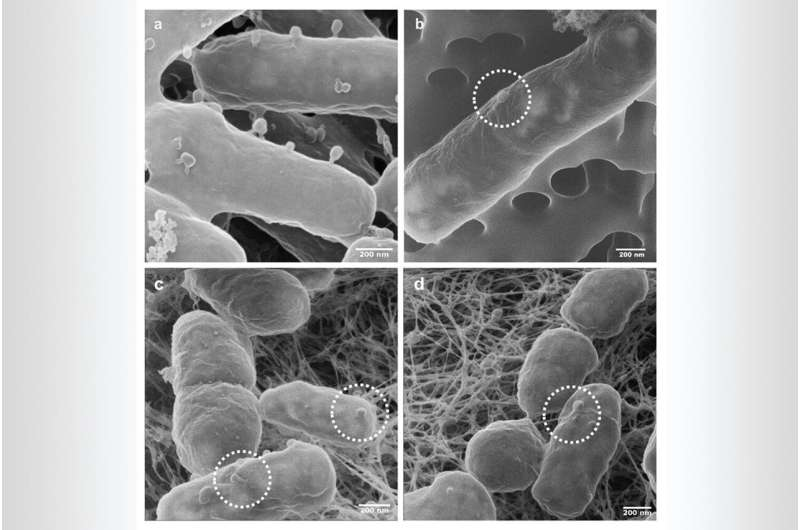The secret lives of viruses — they can hitch a ride on bacteria. Scientists in Germany have revealed a novel mechanism of viral transport by bacterial ‘shuttles’ traveling along fungal networks in soil. 1 gram of soil can contain ~1 billion viruses

>> There are up to 1 billion viruses in just one gram of soil. However, little is known about their influence on the nutrient and carbon cycle in the soil ecosystem. Soils can sometimes be inhospitable places. Dry zones and air-filled soil pores are almost impossible obstacles for bacteria and viruses. In order for them to move around—for example, to get to a place with better conditions—they need water. But the situation is not completely hopeless. Because there is an excellently developed infrastructure in the soil: the fungal network. Fungi are always in search of water and nutrients. To do this, they form hyphae, long, thin threads that run through the soil as a widely branched network. Fungi are thus able to bridge dry and nutrient-poor zones. <<
“Phages, i.e. viruses that have bacteria as their sole target, also travel this fungal highway,” says Wick. “Not independently but rather by hitching a ride with bacteria. Physical forces cause the viruses to adhere to the surface of bacteria—much like mussels adhere to the hull of a ship.”
“Not every phage can infect every bacterium,” says Wick. “Because of a kind of lock-and-key principle, phages can smuggle their genetic material only into their respective host bacteria.” If this succeeds, the bacterium is reprogrammed to produce new phages. The bacterial cell then bursts, thereby releasing the phages of the next generation. These can then once again infect new host bacteria. “The phages are highly efficient at this. This obviously also gives the shuttle bacteria a real advantage,” says Wick. “We were able to show that soil bacteria with phages attached to them were able to spread far better in their new location than bacteria without this viral baggage.”